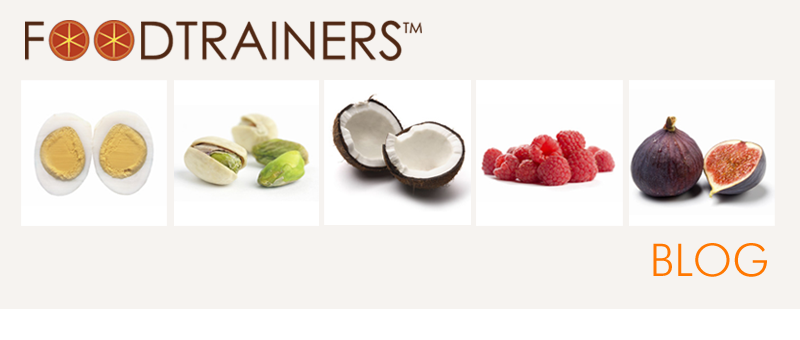It’s Thanksgiving morning and here I am at the computer (what can I say? I’m thankful for technology). I am due for my Foodtrainers’ 31st Grade Reading Journal entry in which, like my second grader, I write about the book I am currently reading. I could take the easy way out and say “no homework” it’s a holiday but I’m taking the easy way out, in another way. Instead of writing about the book I’m reading “Eating Animals” which is just not appropriate on turkey day, I’m going to tell you about one of the best articles I’ve read in a long time.
In “Food, Kin and Tension at Thanksgiving” (in this Tuesday’s NYT) Tara Parker-Pope perfectly captures how challenged family relationships find their way into our food. Parker-Pope writes “the combination of food and family often brings out longstanding tensions, criticism and battles for control.” I have been discussing these concepts with Foodtraininers’ clients this week and last. Many clients, on a typical day, make good food choices and work to keep themselves healthy but are thrown off today. And it’s not the allure of stuffing or pumpkin pie.
At Thanksgiving, many are confronted with what I refer to as the family food pusher. This person takes great pleasure in seeing other people eat what they cooked, or even dishes they had nothing to do with. The food pusher is the enemy for someone trying to lose weight. Parker-Pope quotes an eating disorders specialist who had a patient “whose mother scolded her for not eating her homemade cookies…as a result, the daughter relented and took a cookie. But when she then reached for a second, her mother scolded her again.” This time, the mother was upset with the daughter needed a second cookie.
Many of these comments, no matter how hurtful, are not surprises. My husband often asks me “if this happens every year, why don’t you change your expectations?” Easier said than done but, as you make your way to the Thanksgiving table today, mentally prepare yourself. Who is it that can make you uncomfortable? In what way to they express themselves? Is there anyone else in the family you can recruit as an ally? And what might you say as if someone comments on your weight or your eating or your children’s eating? Make a game plan for your eating so that your anxiety doesn’t lead you straight into the cheese plate. And try to exercise this morning. Remember, as one of my clients said “my sister may not be my friend but stuffing isn’t either!”
Read the full article at: http://www.nytimes.com/2009/11/24/health/24well.html?_r=1
Any fun Thanksgiving food stories to share?









